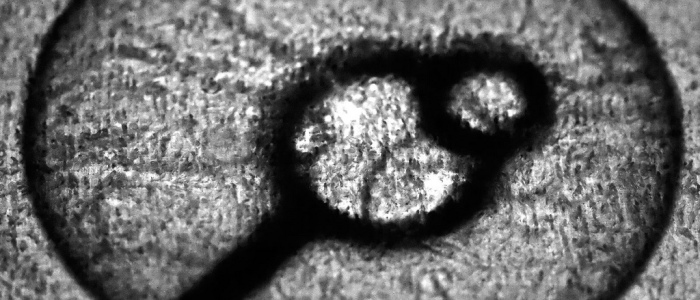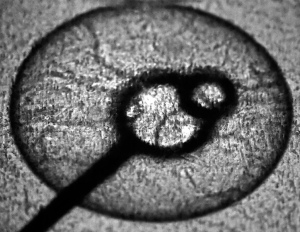IVF Process- A beginners guide
What Is IVF?
The In vitro fertilisation (IVF) process is the external combination of a man’s sperm and a woman’s eggs to develop an embryo, which is then returned to the woman’s uterus.
IVF can become an option in situations where the man has been diagnosed with a low sperm count, the woman has had problems with ovulating, or any other infertility problems.
Helpful hint: If you are having trouble conceiving, make sure your IVF specialist or clinic explores your medical history and recommends a fertility plan customised to your specific condition before commencing the IVF process. Many people are surprised to find that the IVF process is not necessarily the only option available. The IVF process is usually the last option for conceiving when all other options have been unsuccessful.
How does the IVF process work?
If IVF is decided upon, fertility drugs will be administered by the fertility specialist to promote an increase in the number of eggs produced by the woman. The progress of the eggs are monitored through ultrasound and hormone levels are tested through a blood drawing.
Once the eggs have been determined to be developed enough, they will be removed through a minor surgery in which a needle is used to draw the eggs out of the body. In addition to collecting the eggs, sperm will be collected from the man, most likely through ejaculation. The eggs and sperm that have been collected are then combined in a laboratory and placed into an incubator which will promote the combination to create an embryo.
The developing embryo will be monitored regularly to ensure that the procedure is developing correctly. Around two or three days, but usually no more than 5 days after the sperm and eggs are placed inside the incubator, the resulting embryo is then returned to the woman’s uterus to continue development.
Helpful hint:Ask your clinic or specialist if all treatment options are available. The advertised low cost clinics have no ICSI, insemination or access to donor sperm or egg. They provide a standard IVF process on a protocol basis only. It is uncommon in these clinics to have access to all the special tests on embryos for genetic testing.
What Should I Expect in the IVF process?
During the surgery in which the eggs are removed from the woman’s body, anaesthesia and sedation are offered to eliminate slight discomfort caused by the procedure and on the day of the surgery the woman can expect to have cramping or feelings of pressure on the area for usually no more than a day afterward. When the developed embryo is returned to the woman’s body, a thin tube will be inserted through the cervix, which can cause light cramping. After the procedure, the woman can expect to be lying down for a few minutes.
After this process, there is a two week wait to find out if the procedure was successful. This part of the IVF treatment can be emotionally difficult, and it is best to keep busy during this time to distract from any stress that may be caused by the wait.
If the treatment fails, the next step will be up to the couple, whether they will try again to conceive. Sometimes there will be extra embryos that will have developed and been saved in the original stage of incubation, which can be used in an extra attempt at conceiving.
Helpful hint: Most of the low cost clinics do not offer embryo freezing or if they do, it will add to the price significantly, so it is important to ask your specialist or clinic if this is included in your costs before you start the process.
My team and I understand that your first visit to a fertility specialist can sometimes feel overwhelming. As well as the emotional side, it can be confusing when considering what to do next and the treatments are available. That’s why we have a nurse and midwife as part of our team – we know that you have a lot of questions and need the best and most relevant information and we are here to provide the answers you need.


